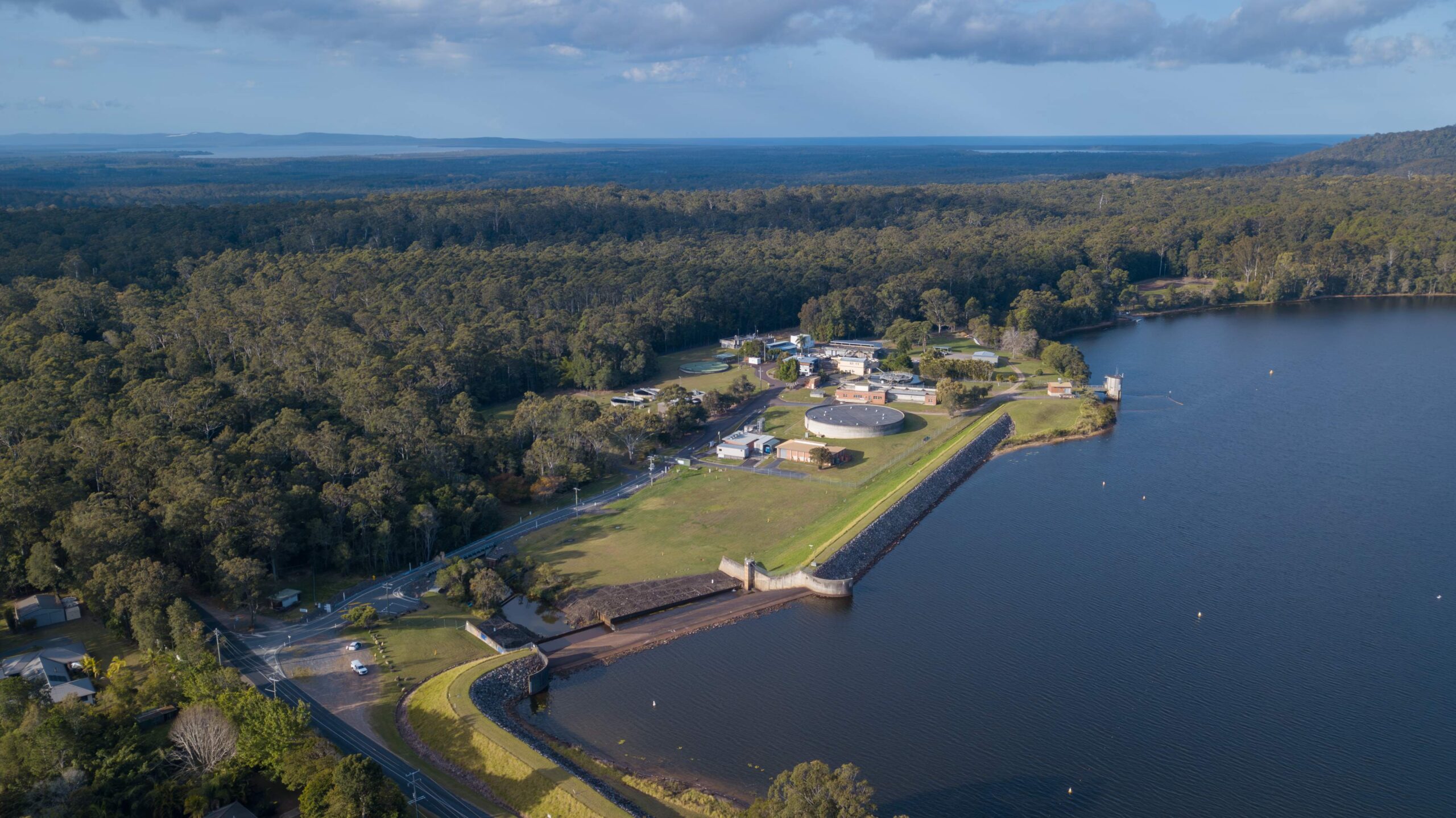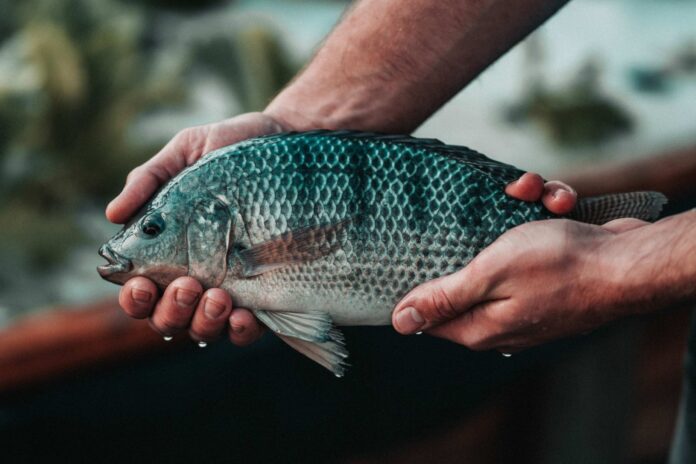One of the few water bodies in South-East Queensland thought to be free of a type of noxious fish may not be so.
A report has surfaced of cichlid fish being released into Lake Macdonald, near Cooroy, and a regular visitor says he has seen tilapia, as many cichlids are commonly known, there in the last three months.
The anonymous report of the release of African and American cichlids into the lake surfaced on social media late last month.
Tilapia are regarded as a restricted noxious fish under the Biosecurity Act and must not be kept, fed, given away, sold or released into the environment.
Any caught are meant to be humanely killed and either buried above the high-water mark or binned.
Michael Flynn told Sunshine Coast News that he had seen tilapia fingerlings at the edge of the lake within about the past six months.
“I was at the boat ramp where the fish hatchery was located and there was easily two to five babies per square metre, just scattered on the ramp and also on the sand beside it, ranging (from) 2cm up to 5cm,” Mr Flynn said.
“I don’t know enough about them. Possibly, it was a spawning or something that brought baby ones to that spot in that period.”
Mr Flynn said it was likely the tilapia had been released into the lake.
“I know in our region Lake Macdonald was one of the last places not yet affected by them, because nothing major actually flows into Lake Macdonald from a major creek or river where they can come from,” he said.
“Because of that, I can’t think of any other way they found their way in there (other) than a human. It was sad to see them and know they’re there now.”

Peter Arch, of the Lake Macdonald Freshwater Fishing Association, was not aware of tilapia in the lake or a report of their release.
“I would be very disappointed if anything – noxious fish – has been released in the dam. We are one of the few dams in South-East Queensland that doesn’t have noxious fish in there,” Mr Arch said.
Mr Arch said the association had not been allowed to do its usual restocking of the dam due to a pending upgrade and it would be interesting to see how any noxious fish that had been released went under the circumstances.
Seqwater is understood to be aware of the report of the recent cichlid release.
A Seqwater spokesperson said any pest fish should not be put in the water.
“We’re committed to educating dam visitors about the impacts of pest fish and how the community can help with ongoing efforts,” the spokesperson said.
“In line with biosecurity measures, any pest fish caught at our dams should not be returned to the water, nor used as bait.
“It is also important to never put plants, fish or other animals into a body of water they did not come from, and we encourage the reporting of pest fish to Biosecurity Queensland who we work closely with.”
The spokesperson said Seqwater had some measures in place, such as visual inspections and the use of technology, to help manage pest fish species across the region’s lakes.
The pending upgrade of the dam is likely to provide an opportunity to identify the presence of pest species.
“As a part of Seqwater’s Lake Macdonald Dam Improvement Project, Seqwater will also be conducting aquatic baseline surveys within the lake,” the spokesperson said.
“Any pest fish species identified will be reported and managed throughout project works.”
Help keep independent and fair Sunshine Coast news coming by subscribing to our FREE daily news feed. All it requires is your email at the bottom of this article.





